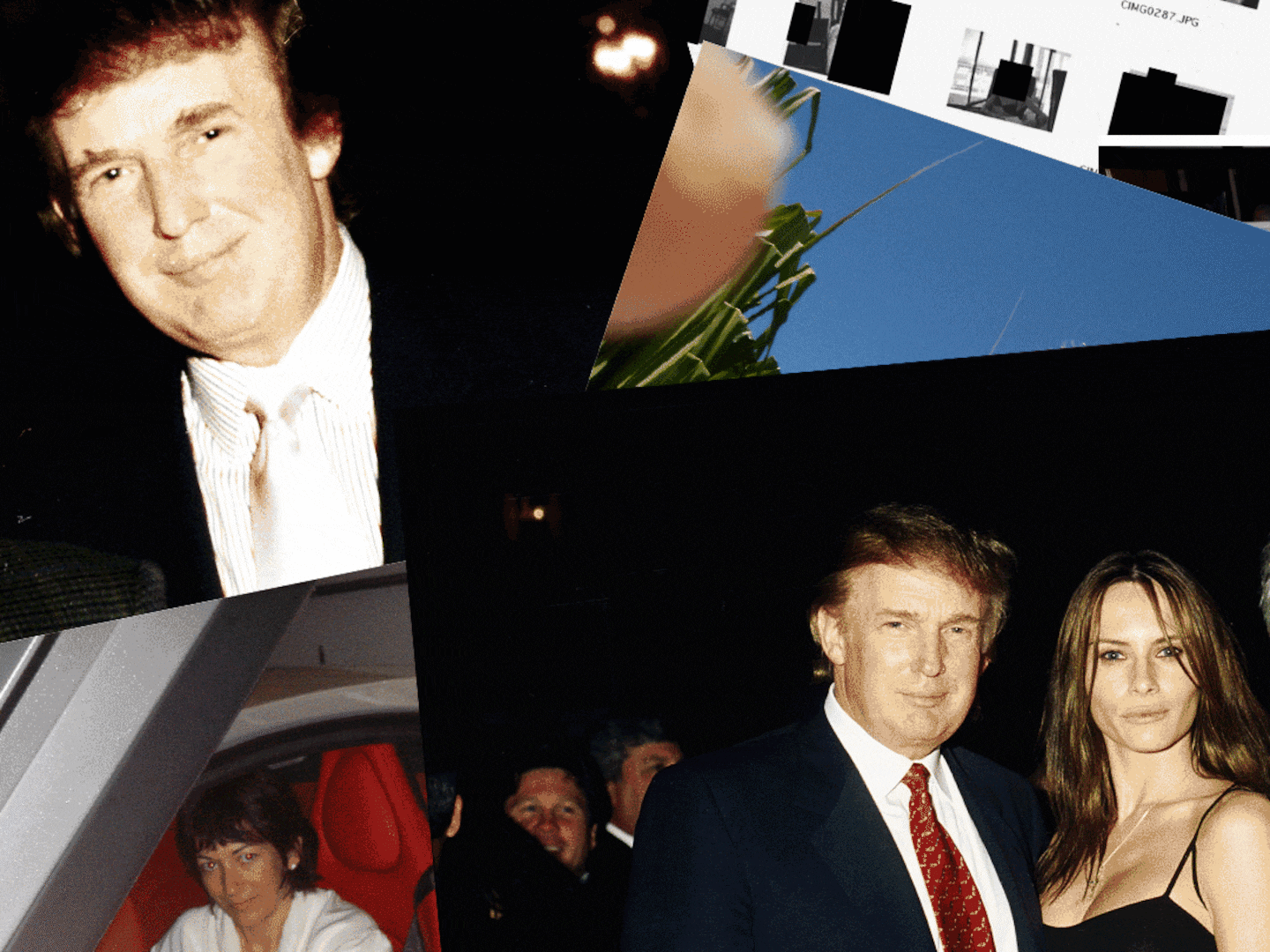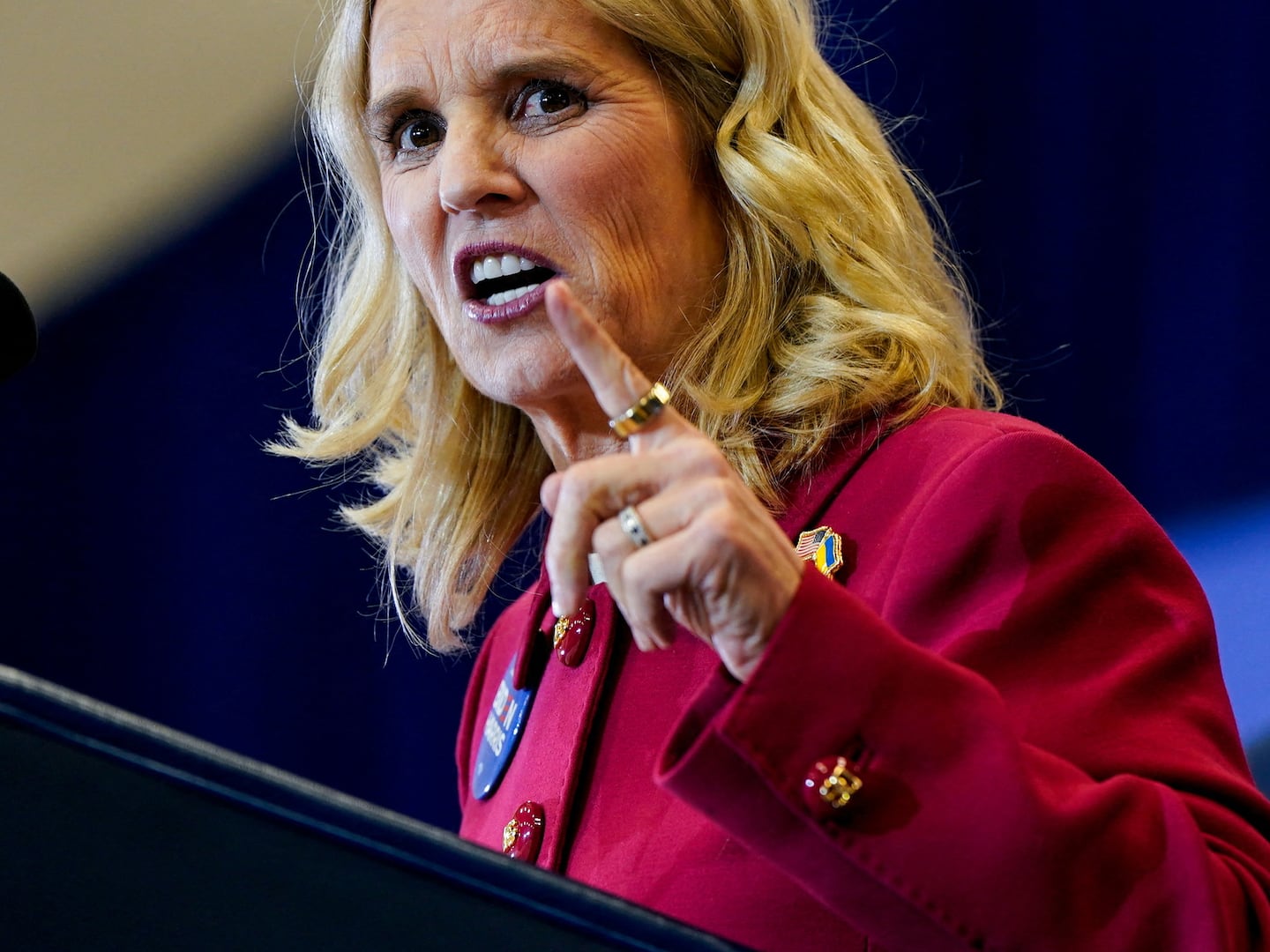As early as 2002, Condoleezza Rice writes in her new memoir, her questions about what Iraq would look like after a successful invasion were largely dismissed by the White House and Pentagon. Her attempts to raise the issue “always led to uninformative slides and a rather dismissive handling of the question,” she writes. “When I finally arranged a briefing on the issue before the president in early February [2003] he started the meeting in a way that completely destroyed any chance of getting an answer. 'This is something Condi has wanted to talk about,' he said. I could immediately see that the generals no longer thought it to be a serious question."
Stephen Hadley, who was then Rice’s No. 2 and would succeed her at the National Security Council, followed her to her office after the “disastrous meeting.” “I would have resigned after that comment by the President,” he said. Instead, she kept pressing the issue privately until the president himself was asking pointed questions. But unfortunately the answers still did not meet the demands that developed on the ground. “As the importance of the issue was revealed in the days after the war,” Rice writes, “I wondered if Steve had been right.” Both Cheney and Rumsfeld tried to make end runs around Rice, sometimes apparently cutting the president out of the loop as well. The critical decision to dissolve the Iraqi Army in 2003 was a fact on the ground before the White House was informed.
Even later, when she became secretary of state, Rice was doubtful about Iraq. “I was skeptical,” she said, “until the day Bob Gates became secretary of defense.” Which was, of course, the day Donald Rumsfeld left.







